While the Tory Government’s response to calls to address racism remains denial and gaslighting, our Labour Council is doing the right thing and starting an honest conversation about our area’s links to the transatlantic slave trade.
Stage one of their consultation has identified several sites honouring figures associated with the Transatlantic slave trade. For the next stage of this process, they’re consulting on how we should reimagine these sites for the 21st century. It’s important to ensure that public spaces truly reflect our diverse borough rather than honouring those who profited from slavery.
You can have your say on the Lambeth Council website now. They are also asking residents to identify local individuals and organisations that could be commemorated in the borough with memorials, information boards, or plaques.

Here’s a list of the sites identified in their audit:
Vassall
A number of places in Lambeth are named after Henry Richard Vassall-Fox 3rd Baron Holland of Foxley and his wife Elizabeth Webster, nee Vassal, who owned slaves. They were compensated after the abolition of slavery for their slaves and plantations in Jamaica. Together they owned the Holland estate in Brixton.
Tulse Hill
Tulse Hill is named after the Tulse family who held local manors in the early seventeenth century. One family descendant, Sir Henry Tulse, went on to become Lord Mayor of London, gaining much of his wealth from the slave trade.
Street names
In addition to the streets and locations named after the Vassal and Tulse families, a number of other individual streets are named after people with links to slavery or colonialism.
Juxon Street
Archbishop William Juxon whose family was involved in the sugar trade in Jamaica and whose family coat of arms has four African heads.
Tradescant Road and statue
John Tradescant the Elder and the Younger were Lambeth gardeners who made occasional use of slave trade vessels travelling to North America and Africa for the transport of botanical and anthropological specimens.
Rhodesia Road
The former colonial name for Zambia and Zimbabwe derived from imperialist Cecil Rhodes.
Thurlow Road
Named after Edward Thurlow, politician and Lord Chancellor, who opposed the abolition of the slave trade.
Statues and Memorials
Tomb of Capt. William Bligh, St. Mary’s, Churchyard, Lambeth Rd
Bligh transported breadfruit from the Pacific to the Caribbean, which became a staple food for those labouring on slave plantations. Subsequently admiral and governor of New South Wales.
St. Paul’s Church, Clapham
A plaque commemorates William Hewer, private trader, investor and governor of the East India Company.
The church graveyard contains the tomb of George and Elizabeth Hibbert, plantation owners.
Howland House, Leigham Avenue, Streatham
Commemorates John and Elizabeth Howland, director of the East India Company.
A statue commemorating Oliver Lyttleton, National Theatre, South Bank
Oliver Lyttleton, politician and former Secretary of State for the Colonies.
Memorial to John Massingberd, St. Leonard’s Church, Streatham
Commemorates John Massingberd, Treasurer of the East India Company.
St. Thomas’ Hospital, South Bank
A statue commemorates Charles Murchison, medic to the East India Company.
A statue commemorates Robert Clayton, president of the hospital, Lord Mayor of London and banker with involvement in the Royal Africa Company, who were directly involved in the slave trade.
Head on over to the Lambeth Council website now to have your say.
